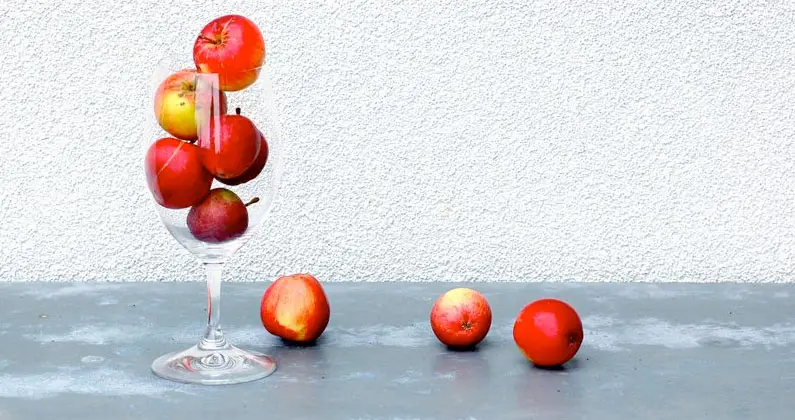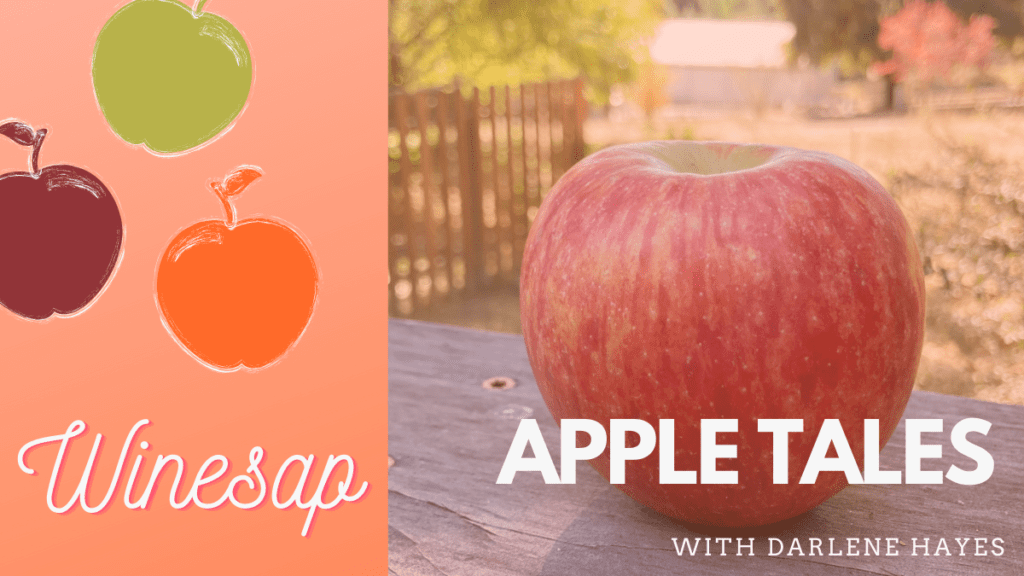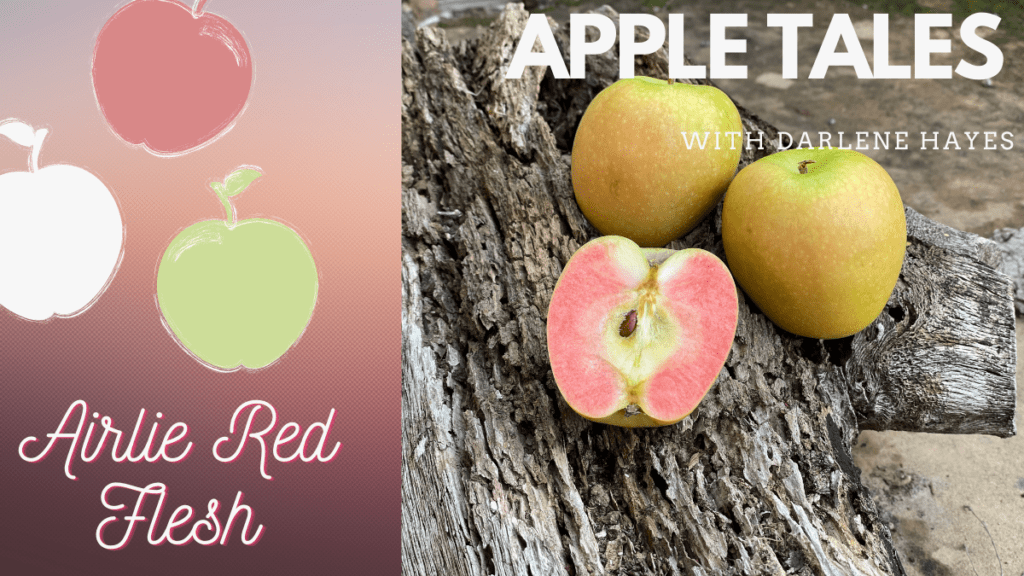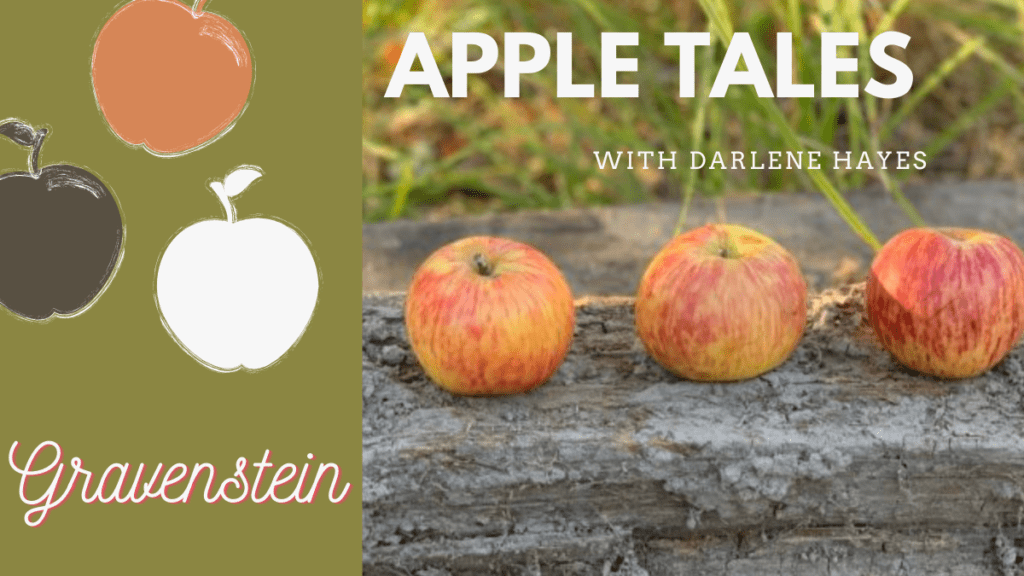By Bill Bradshaw
The best way to learn about cider is dedicated practical and theoretical research I tend to call drinking, reading and making. Sampling as many as you can (responsibly) both locally and internationally will give you a great appreciation of what producers are doing and how differently they are doing it. Reading about it and then making your own will teach you even more.
A Selection of Styles
As a drink, cider sits somewhere between beer and wine: you can’t classify it into styles in the same way you might beer, yet, if you compare it to wine, its doesn’t quite fit in there either because the majority of ciders are blended, rather than single varieties. Technically, cider is closer to wine (as a fermented fruit juice) but at half the strength its often consumed more like beer. A “traditional style” loosely refers to the original type of cider that was made within a certain geographical area. But a description of traditional North American cider is speculative and up for debate as cider making has pretty much died out. However, at the risk
of offending those tireless advocates who resist any attempt to define it, a generalized assumption might be that it was very similar to other traditional styles of cider such as those found in Europe.
Even 10 years ago, cider in North America wasn’t much of an industry in comparison to the booming multi-million dollar industry it is today. As the world explores its renewed love with cider, more and more international examples are available, so it’s worth noting several traditional styles.
• Traditional cider is flat, slightly hazy, tart, tannic and refreshing with 6-8 percent alcohol by volume and made using 100 percent apple juice.
• Cidre is the French fashion, using the tradition of keeving, a fermentation technique that produces a much sweeter, fruitier drink that is always bottle conditioned. Consequently, it’s lower in alcohol because less of the natural sugars are converted.
• Sidra natural is a very tart, flat drink that really surprises you when you first taste it. It should be poured from a height, known as “throwing the cider,” and is bounced off the inside of the glass. Doing it well effervesces the cider temporarily, bringing it to life with a pleasant gentle fizz.
• Perry is the pear equivalent of cider made with (small hard very bitter) perry pears. Sometimes it’s referred to as “pear cider” in which case it is often made with dessert fruit, rather than traditional varieties. These days, there is more of a sliding scale of style ranging from basic farmhouse scrumpy, to fine artisan ciders and industrial factory produced drinks that have mass appeal.
• “Commercial” cider is a ubiquitous style that you are likely to find in the supermarket and has arisen from a large-scale approach to consistent cider making. It is often crystal clear, artificially carbonated and packaged in a retail friendly bottle or can. According to Mike Beck, president of the United States Cider Makers Association, these ciders are often higher in apple juice as the amount legally required for hard cider must be greater than 50 percent in the United States, although worldwide it varies between 15 and 50 percent.
• Bottle conditioned allows for a secondary fermentation in the bottle creating a naturally fizzy cider. It’s a fiddly process and the original technique for bottle conditioning came about due to experiments by mid-17th century British cider makers who pioneered the method champenoise years ahead of Dom Pérignon Champagne.
• Ice Cider might be Canada’s greatest gift to the world. Originally from Quebec, it is also made in the colder parts of the United States and Europe and involves freezing the juice to create a sweet, sharp and rich dessert wine-style drink.
• Apple/Cider Brandy is made by distilling cider to 40-45 percent alcohol by volume. Production of it is akin to alchemy and it remains uncommon outside France, although it is gaining popularity around the Pacific Northwest.
• Pommeau is the French name for an aged mix of fresh apple juice and cider Brandy—a delicious aperitif or digestif.
• Fruit Cider uses the addition of another fruit juice (or concentrate) to alter the flavor and appearance of the drink. Traditionally, local seasonal berries where pressed with the apples, but these days just about anything goes.









